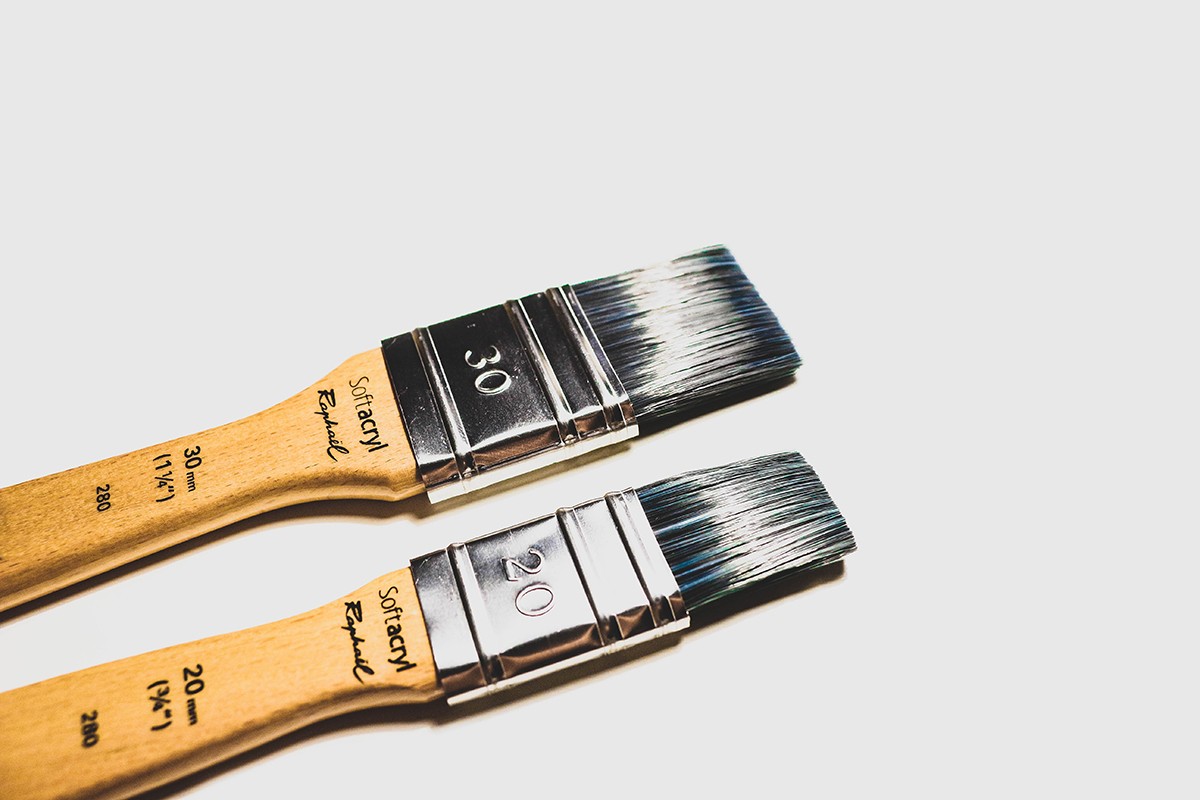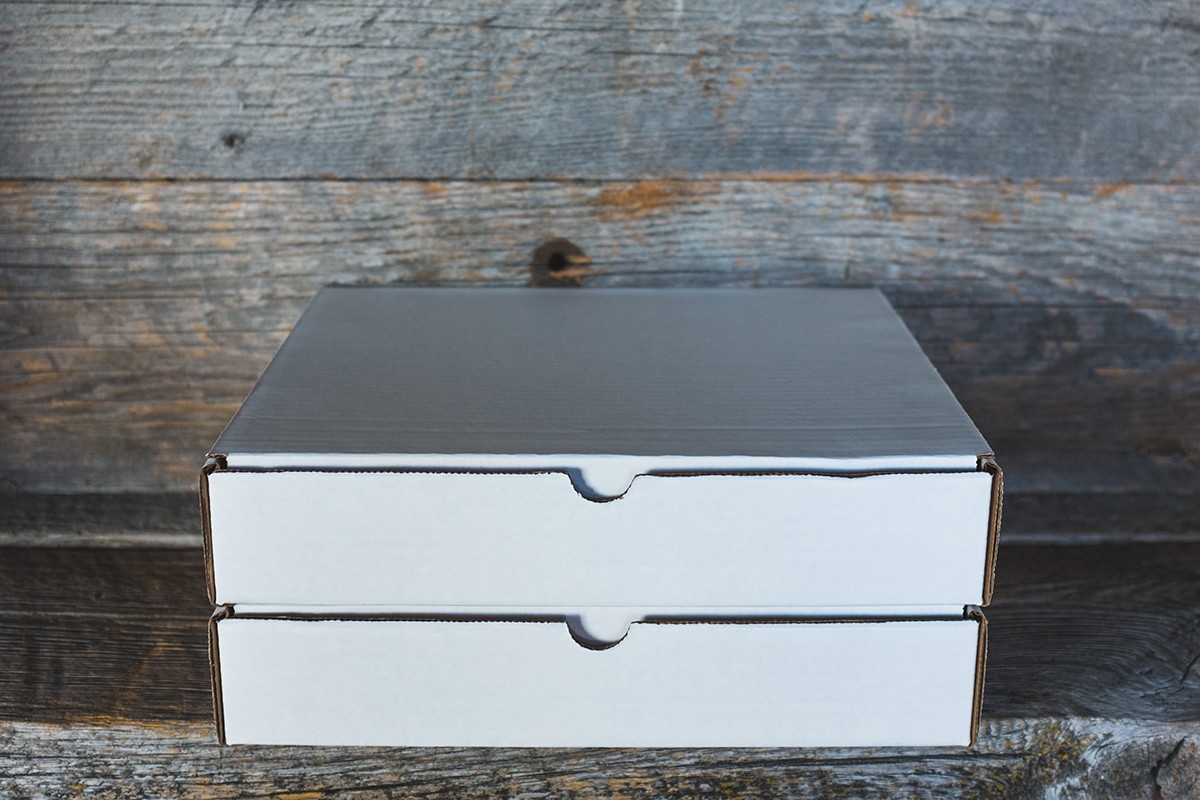There are a lot of things to consider when starting your collection: a piece's emotional effect on you, its monetary value, and space where you'll store your collection. These are just a few things that should be kept in mind before making purchases left and right. As your collection grows, it may be hard to maintain each piece but it shouldn't come with too much stress on the collector. We gathered just the right tips you need to protect your private art collection the right way.
1. Choosing the right storage space
Like a lot of products, art should be stored in a "cool, dry place." Fluctuating temperatures can drastically affect any piece as most mediums are sensitive not only to temperature but also to light. A piece can contract or expand depending on the environment it's placed. It's a basic rule to keep works away from windows, air ducts, doors, vents, exterior walls, or ceiling fans. Sunlight especially greatly affects a works' color and composition in general.
Just because your artwork is framed, doesn't mean it's going to be protected inside the frame. The right storage space will also save your piece from forming molds.
4. Create a database of your works
Like most collections, we all begin with one piece before it blossoms to a lot more than we might even imagine. While you're still starting, it's best to start keeping track of your acquired pieces. Create a cloud file that you can easily access with softcopies of any document related to the work like receipts, certificates of authenticity, and insurance papers if any. Your inventory should include the details: title of work, artist, medium, dimensions, year of creation, source, date of purchase, its current location, and a high-resolution photograph of the artwork.






